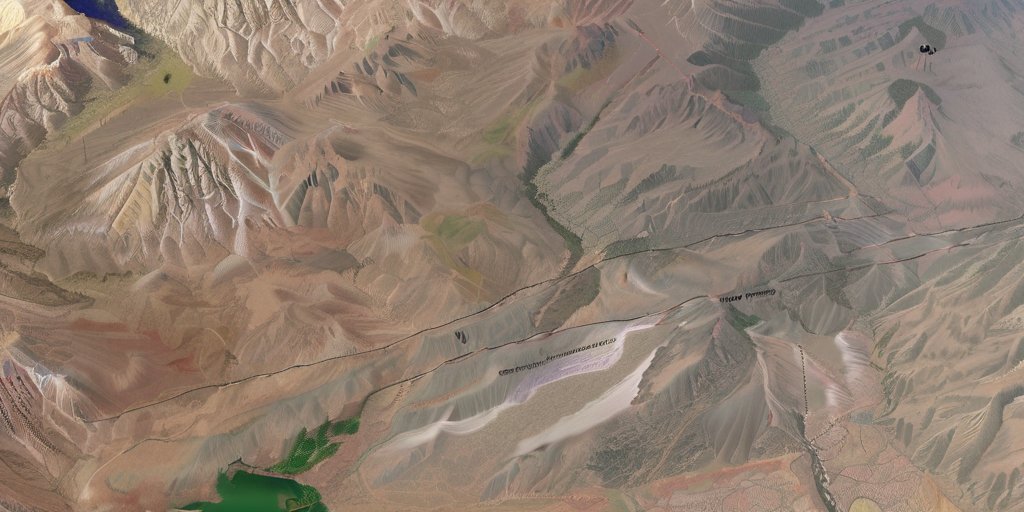In a bold military decision, U.S. President Donald Trump announced that American forces have successfully completed airstrikes on three critical nuclear facilities in Iran. This unprecedented action marks a significant escalation in the already high-stakes conflict involving Iran, Israel, and broader Middle Eastern dynamics.
Trump declared via Truth Social, “We have completed our very successful attack on the three Nuclear sites in Iran, including Fordow, Natanz, and Esfahan. All planes are now outside of Iran airspace.” The primary target, Fordow, is an underground enrichment plant crucial to Iran’s nuclear ambitions, hidden deep within the mountains south of Tehran. This development continues a series of military operations that have raged since Israel’s surprise attack on Iranian targets on June 13, aimed at dismantling what it perceives as nuclear threats posed by Iran.
### Background of the Conflict
The conflict escalated sharply after Israel’s pre-emptive strike on Iranian nuclear and military installations. Prime Minister Benjamin Netanyahu’s assertion that Iran was on the verge of achieving nuclear weapons capabilities ignited the current hostilities, prompting Iranian retaliation, including significant missile and drone attacks on Israeli territory. The ongoing air war has raged for over a week, inflicting substantial casualties on both sides, with Iranian officials reporting over 200 fatalities amid its latest engagements with Israel.
Despite these tensions, Trump has maintained his stance against Iranian nuclear development, frequently criticizing previous administrations for what he terms as “stupid endless wars” in the Middle East. Interestingly, just days before the U.S. strikes, he had indicated a willingness to give Iran a two-week window to negotiate substantial terms, a timeline he ultimately disregarded as tensions peaked.
### The Scope of U.S. Military Action
The airstrikes involved the deployment of GBU-57 Massive Ordnance Penetrators, some of the most powerful bunker-busting bombs in the U.S. arsenal. Weighing in at 30,000 pounds, this bomb is engineered to penetrate deep subterranean fortifications like Fordow, which lies approximately 80 to 90 meters underground. While preliminary reports from Iranian officials claim that evacuation efforts had minimized potential damage, the long-term implications of such strikes remain uncertain.
### Potential Iranian Retaliation
Following the U.S. strikes, Iranian officials have vehemently warned of dire consequences, threatening to retaliate against American military assets throughout the region. Given the extensive U.S. military presence across Middle Eastern countries, notable targets include the U.S. Navy’s 5th Fleet Headquarters in Bahrain and critical maritime routes like the Strait of Hormuz, a vital pathway for global oil supplies.
As tensions simmer, Israelis are on high alert, ramping up security measures across the country amidst concerns of escalating violence. The ongoing military strategies adopted by both nations could lead to a larger confrontation that destabilizes an already volatile region.
### Conclusion
The strikes represent a historic moment in U.S.-Iran relations, as tensions have never been so high following Trump’s decisive actions. As the world watches closely, the potential for further military escalation remains significant, and the question remains whether Trump’s decisions will lead to prolonged conflict or a pathway to diplomatic engagement.
